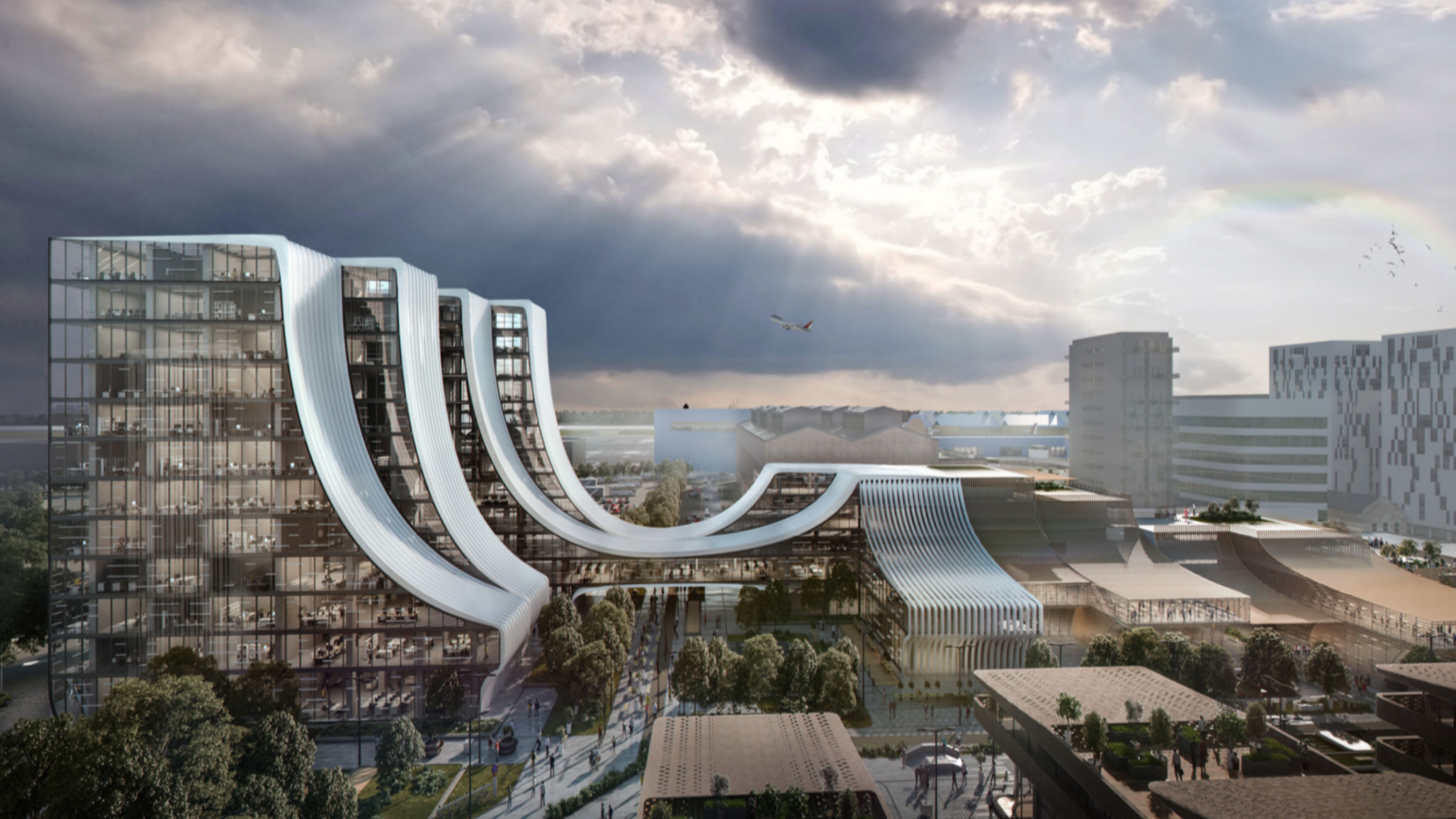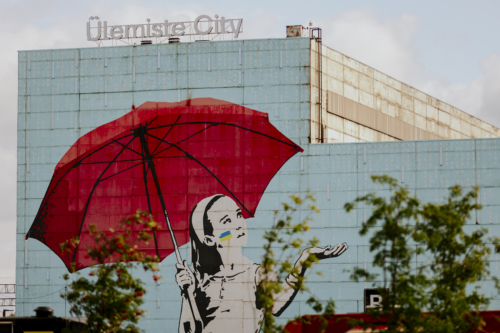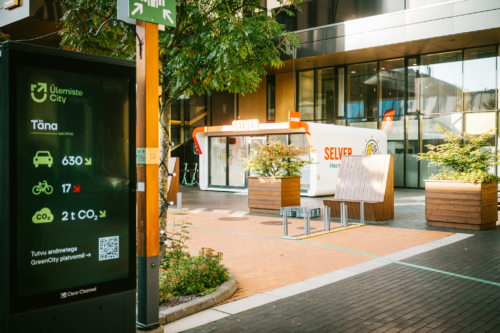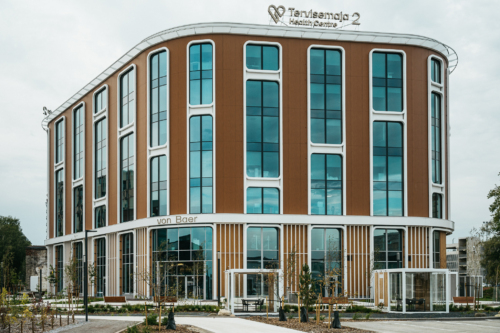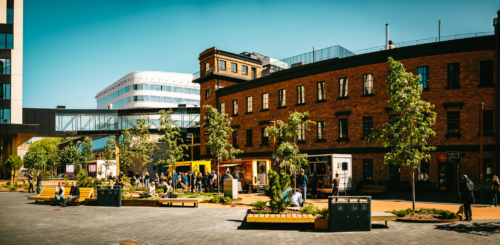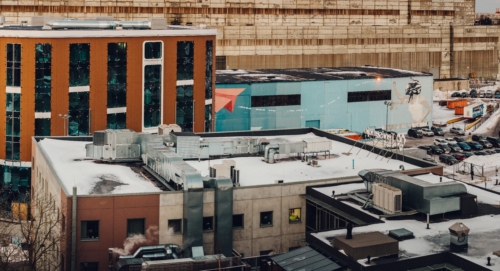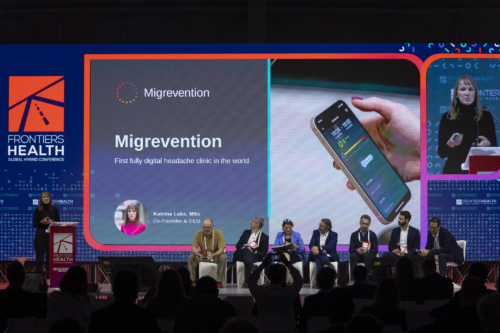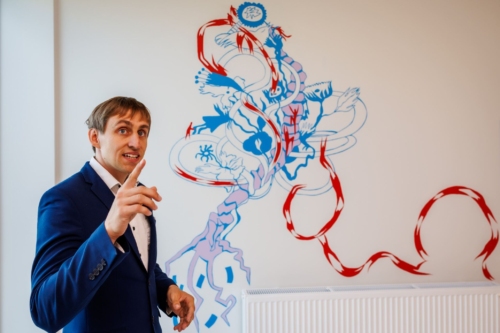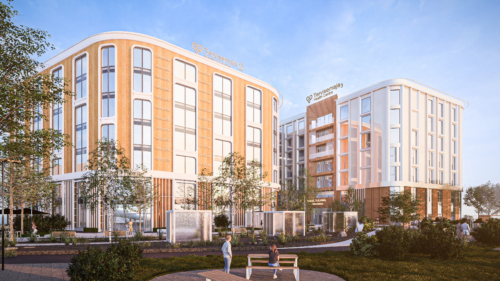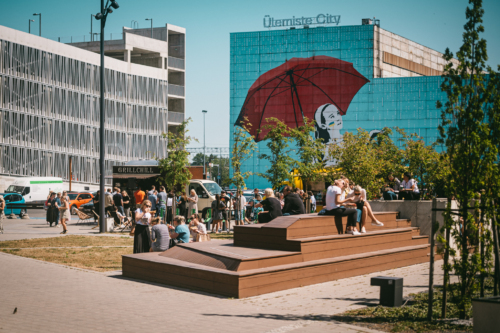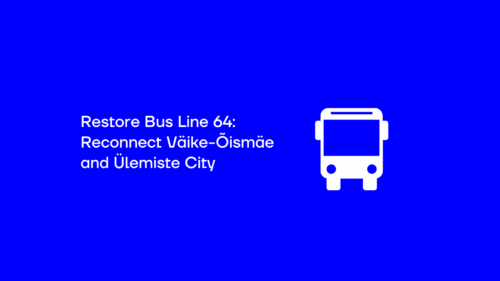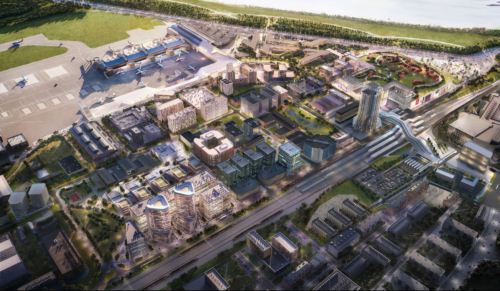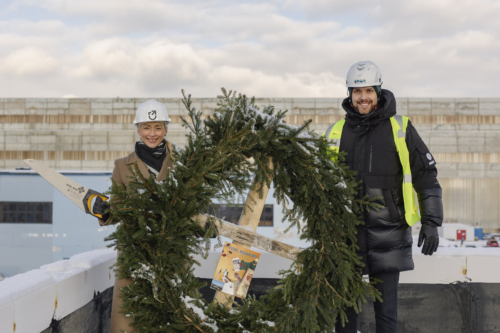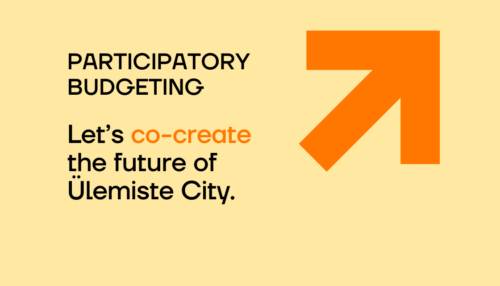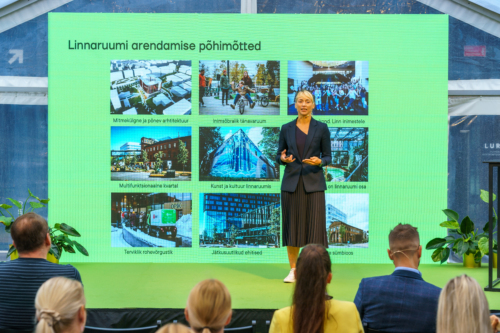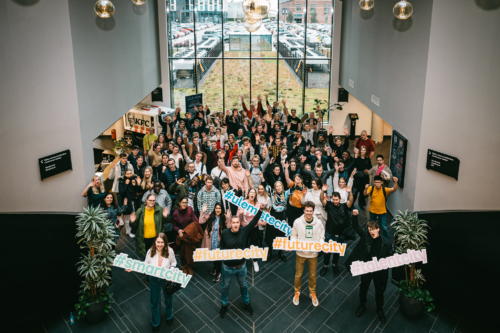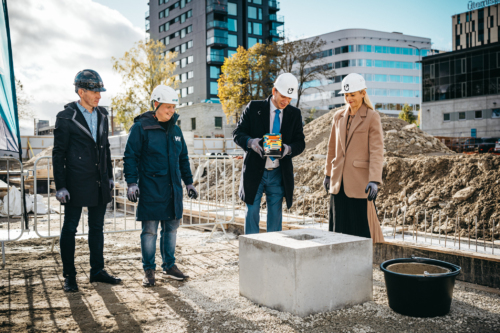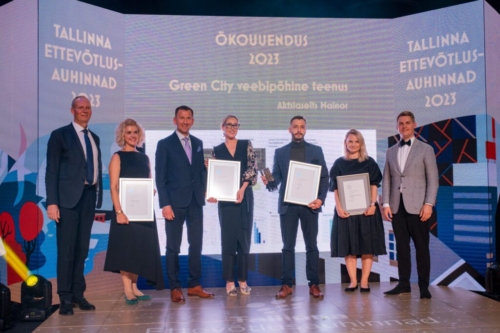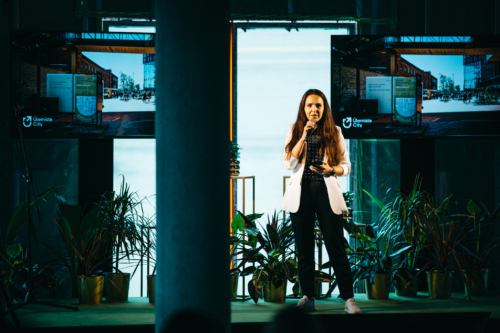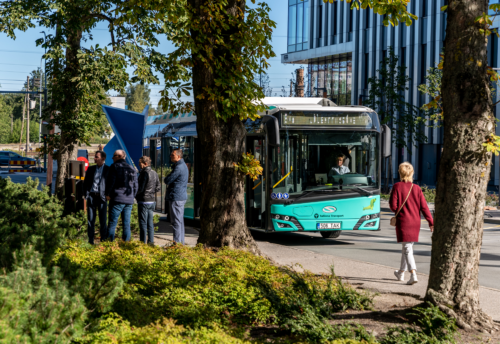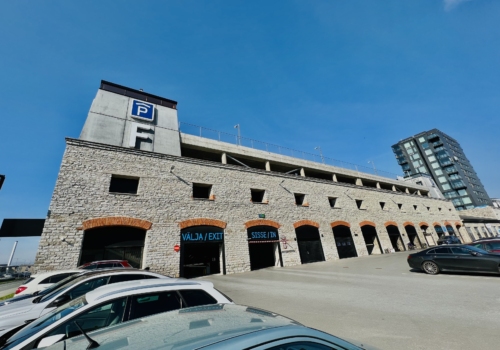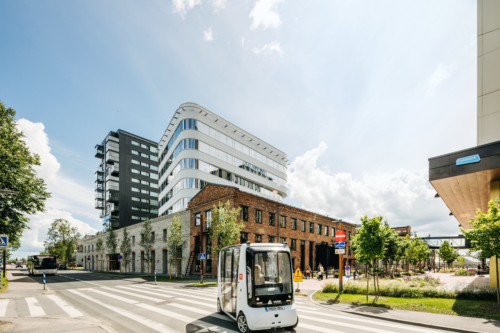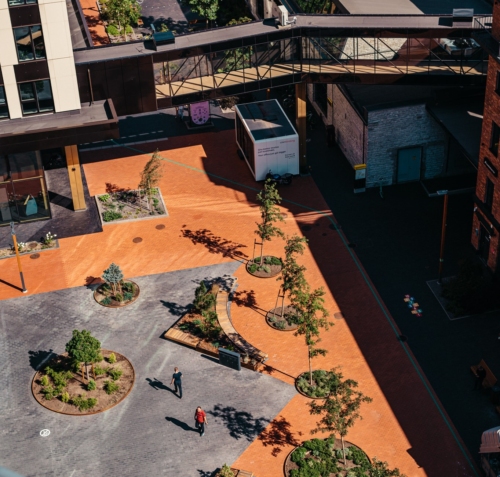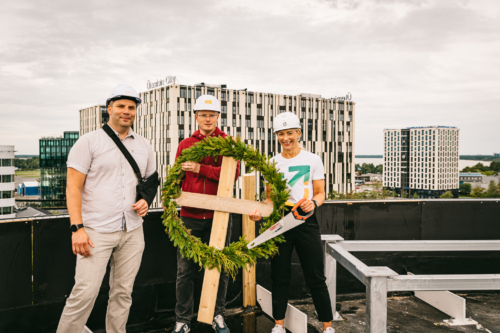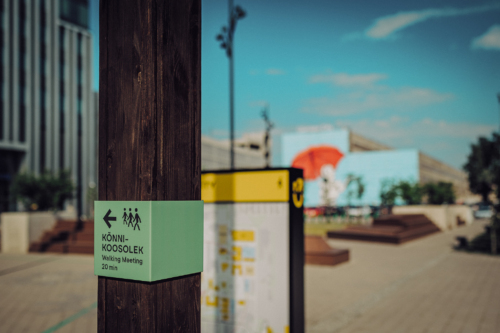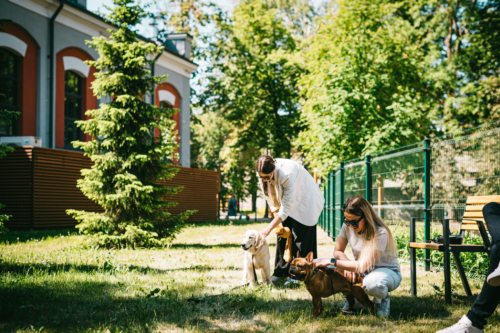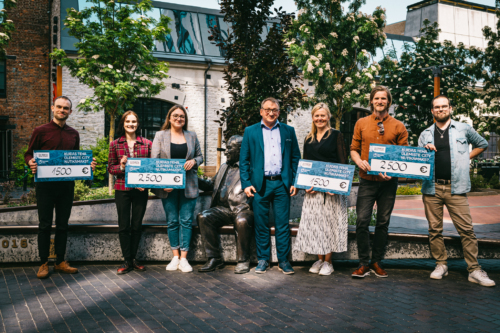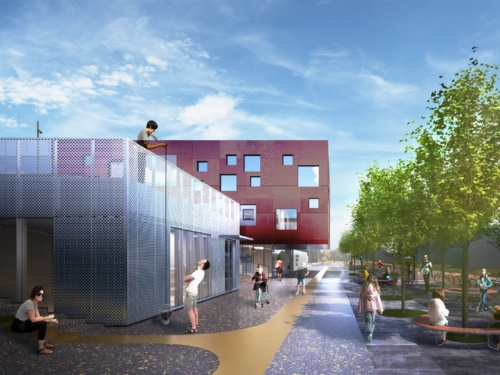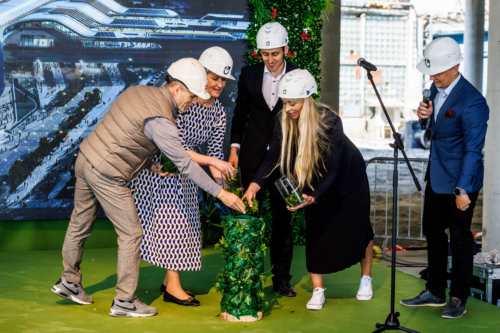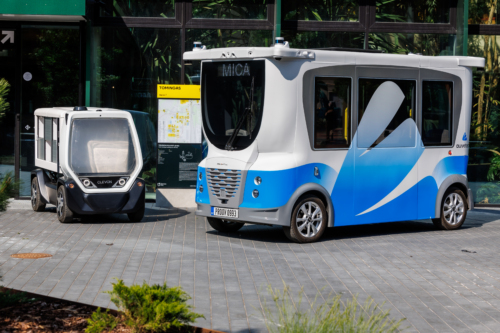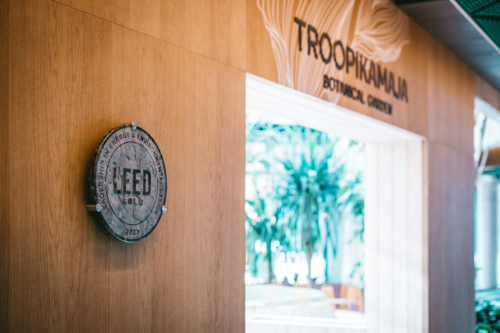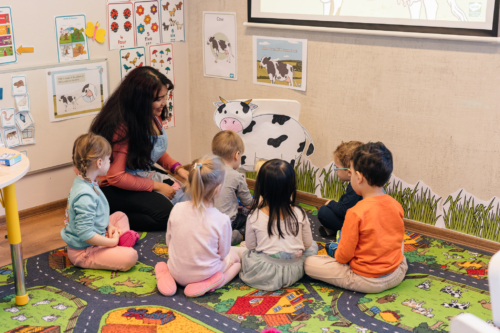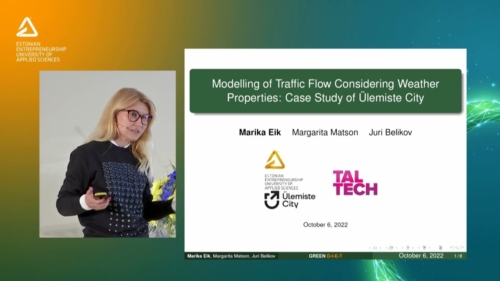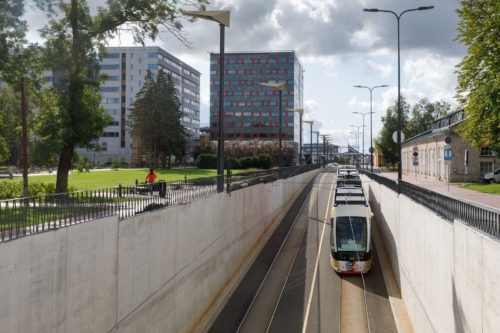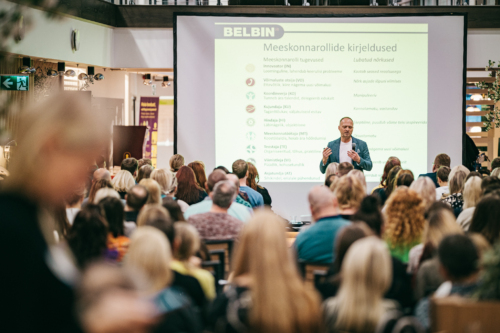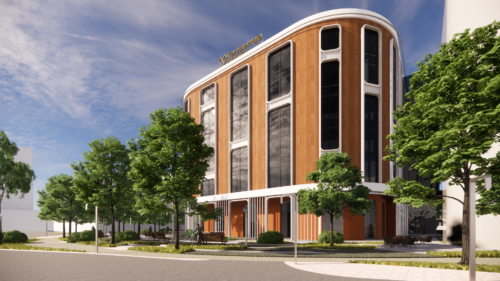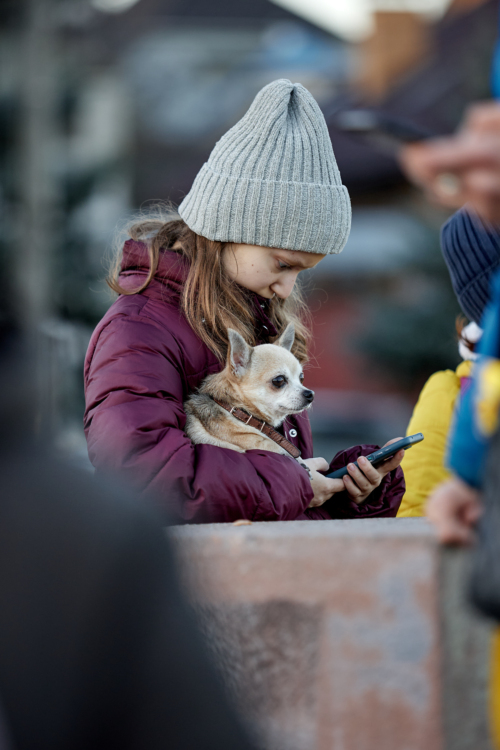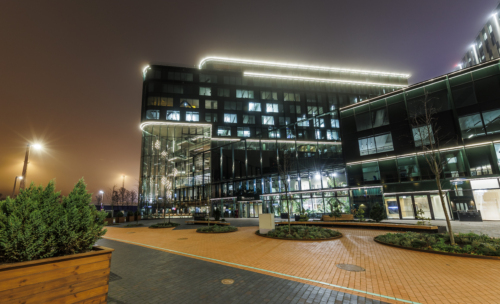Idea gathering for the city of the future: Chatbot, cafe with dynamic pricing, and bag of groceries straight to your car
Which large, medium or even small ideas can we use to make a quickly-developing campus even better for the 10,000 people who go there every day? To answer this question, Ülemiste City organised an idea gathering and brainstorming event last week. It was a joint brainstorming event that was attended by different companies located at Ülemiste, guests and developers of the campus, since no party alone can create changes with a significant effect.
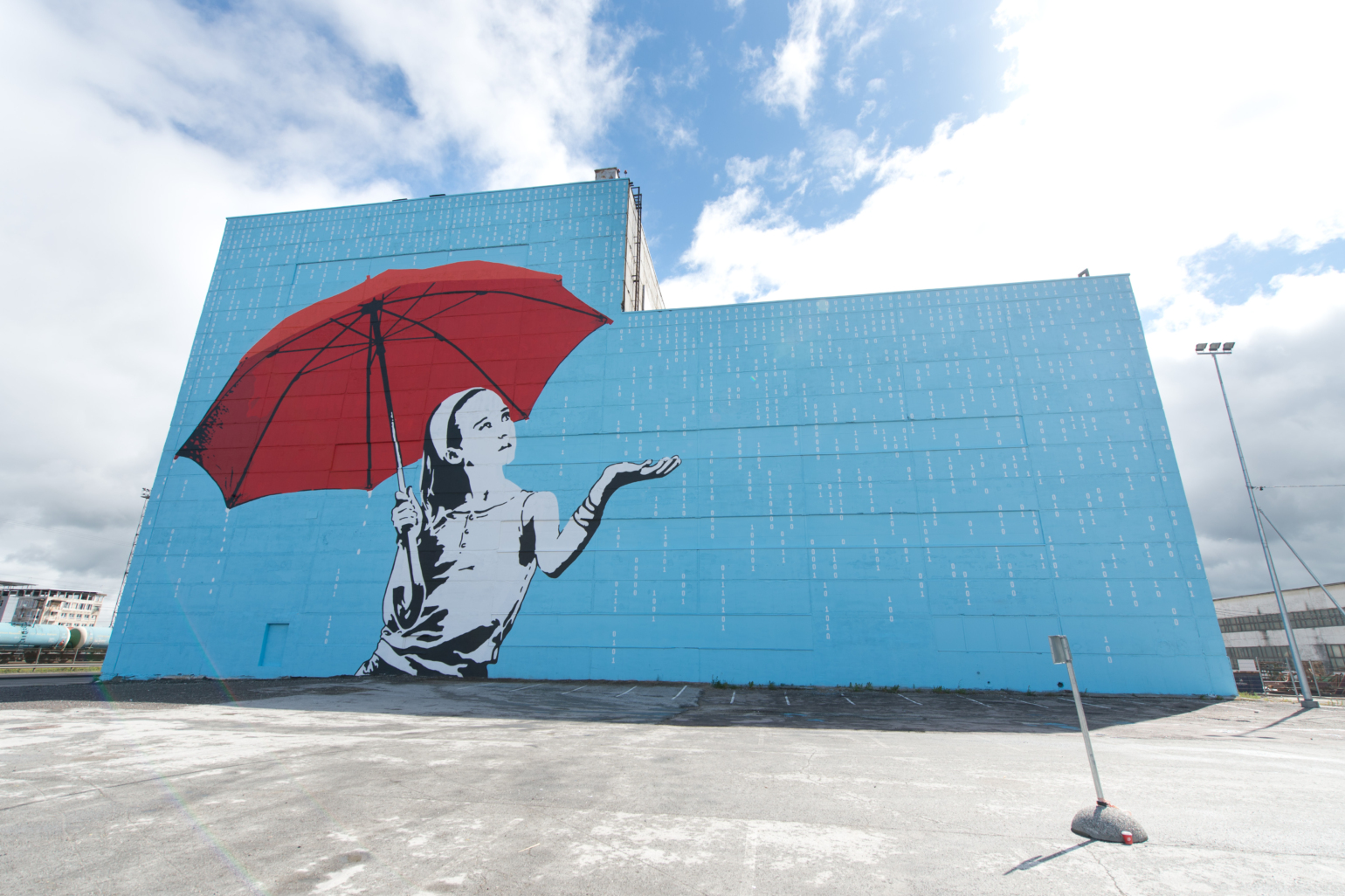
Marten Kaevats, who introduced the idea gathering and got the participants going, gave an indication of the specifics of artificial intelligence, which is expanding its influence everywhere. According to Kaevats, when creating a ‘kratt’, it should be considered that this is not a linear process with one-way software development, where there is a plan and implementation of said plan. He says that the process requires a step into the unknown, or a leap of faith, as they say, which is the prerequisite for bold innovation.
Which of the following brainstorming ideas become a reality, depends on their difficulty of implementation, free resources and their effect on Ülemiste. One idea was to bring more greenery to Ülemiste City. For this, a green path around the campus with the possibility for walking and sporting activities would be the most direct way. Companies operating at Ülemiste could plant their tree or trees on the path.
Another possibility, if creating an actual green path is difficult or limited, is to bring greenery to the walls of the building. This can be done with plants, but also even with video projectors or murals, like the large girl with the umbrella, already present at Ülemiste.
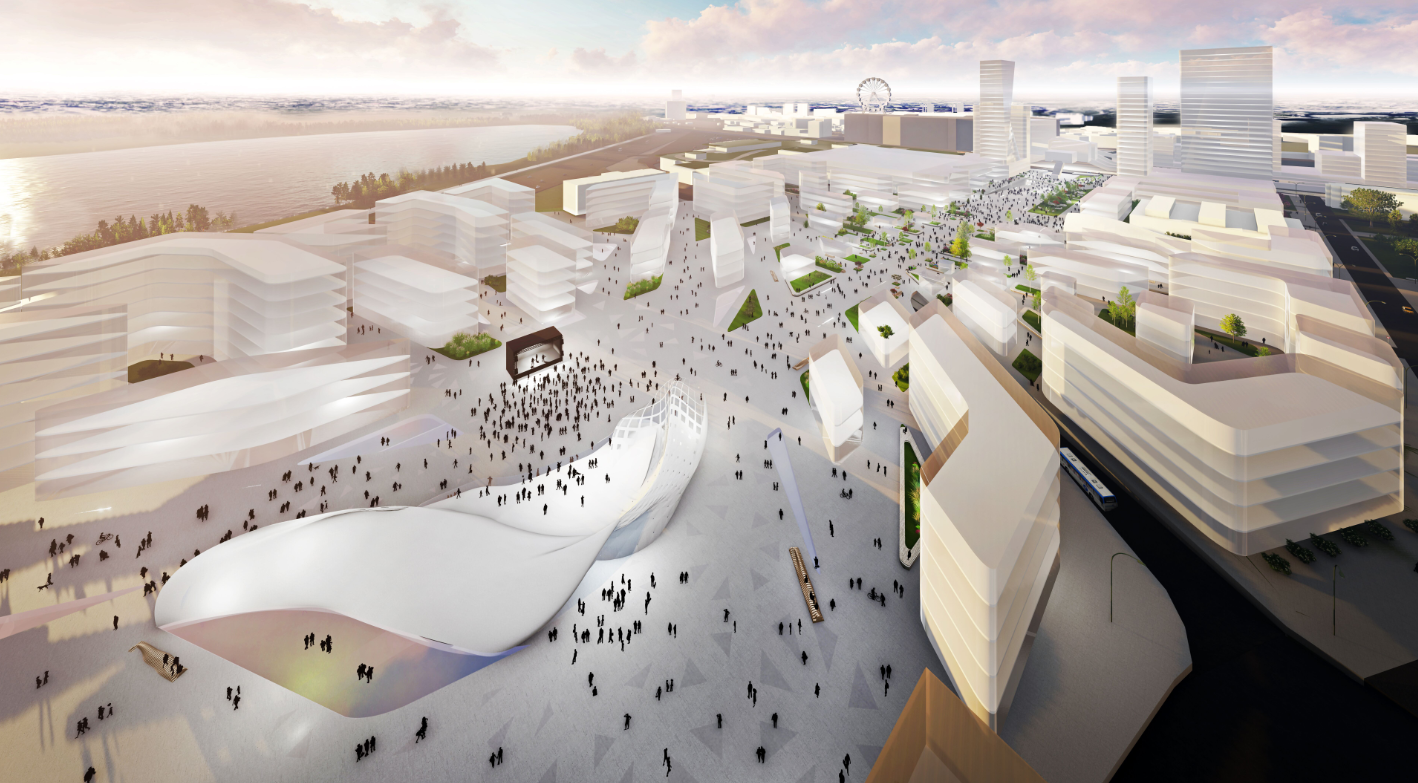
More start-up chaos
One idea gathering team came up with a plan of how to make Ülemiste City more creative. ‘It is good, white, and clean in here, but there could be more chaos, in the good sense,’ the team said.
For this, a start-up incubator could be created at Ülemiste, which would bring more new ideas and companies here. An incubator does not require permanent large premises for decades; instead, it could be placed at one spot of the campus, even with container houses, and as the campus develops, moved to another location at the campus. If a school is nearing completion at Ülemiste, the incubator could be transported there.
The team also came up with ideas for bringing more attention and an international buzz to Ülemiste. One aim for this could be making Ülemiste City one of the five most important places to visit in Tallinn on Tripadvisor. Organising a larger event at Ülemiste, such as the Robotex fair, would help bring international attention.
Findability links: a simple method for finding your way in the large campus
The third team came up with a plan to resolve a very specific problem that people visiting Ülemiste have to face. ‘If we invite someone to Ülemiste for a meeting or visit, we should be able to share a findability link via e-mail or Messenger, for example.’
A findability link is a specific link that would activate a service which leads the person directly to their desired location at the campus. Guidance would start at a more general level, asking the person which means of transport they will be using to come to Ülemiste. For example, in the case of public transport, the service would offer different possibilities and timetables. When arriving by car, it would direct the person to the car park closest to the destination house, which has available parking spaces.
The deeper one delves into the service, layer by layer, the more detailed the information offered by the findability link service could be, finishing with the specific entrance of the specific building, pointing out elevators and how to get to the meeting place.
Real-time forecast of pedestrian and car traffic, and dynamic pricing of lunch
Another idea pertains to information which could be shown through an app or service to a worker or visitor of Ülemiste City. This information would be about traffic in real time, and include car paths connecting Ülemiste, the vehicles on these, and also pedestrian traffic. How important could this be? In common catering establishments, for example. ‘What if we had a forecast of pedestrian traffic at lunch places and with it, dynamic pricing? This would mean that if you go to lunch outside of rush hour, food would be cheaper,’ thought the authors of the idea.
Chatbot
It is not very complicated to create a chatbot that can answer simpler questions. People increasingly communicate with each other on Facebook Messenger, and they also look for information about places, services and companies on Messenger. The Ülemiste chatbot could answer frequently asked questions about the campus (Is there a kindergarten here? Where is the dry-cleaner’s?) and provide additional information about opening hours, location, and the like.
Ülemiste – ideal world for parcels
People from the parcel transit companies at Ülemiste came up with the idea to make the campus the best place for parcel delivery. This would firstly mean a common central logistics centre of the campus, where couriers would deliver their packages sent to Ülemiste. Thus, couriers of logistics companies would not have to look for the correct house, ask for permission to enter from secretaries and navigate among offices; instead, they could deliver their parcels very quickly to the Ülemiste logistics centre.
How would parcels move forward? If we look at what Cleveron is doing in Viljandi, then one opportunity is to make driverless parcel vehicles quietly move around the campus, and inside the house, a robot could bring the parcel to the right door or desk. While this kind of autonomy is still a thing of the future, parcel machines are much closer. Parcel machines located in buildings can be operated by couriers of DHL, DPD and other companies, and no one has to wait to meet a courier in person any more.
The purchase of foodstuffs could also be improved in this way. In the case of a common logistics centre, food from stores could be ordered there throughout the day – if a logistics company or e-store could take into account the fact that up to 10,000 customers are at this specific area, they could probably provide a fairly quick service. One could have their bag of groceries delivered to the car by the time they are about to drive home, or one could visit the centre on foot.
2050: What is the city of the future like?
One more important and more general idea about this was that just like a country cannot and must not be developed in isolated bunkers, it may not be reasonable to plan the city of the future separately with regard to transport solutions, services and other parts. In order to make technology visionaries and urbanists think in a multidisciplinary manner, they should be invited to Ülemiste and develop it as a home for bold ideas.
